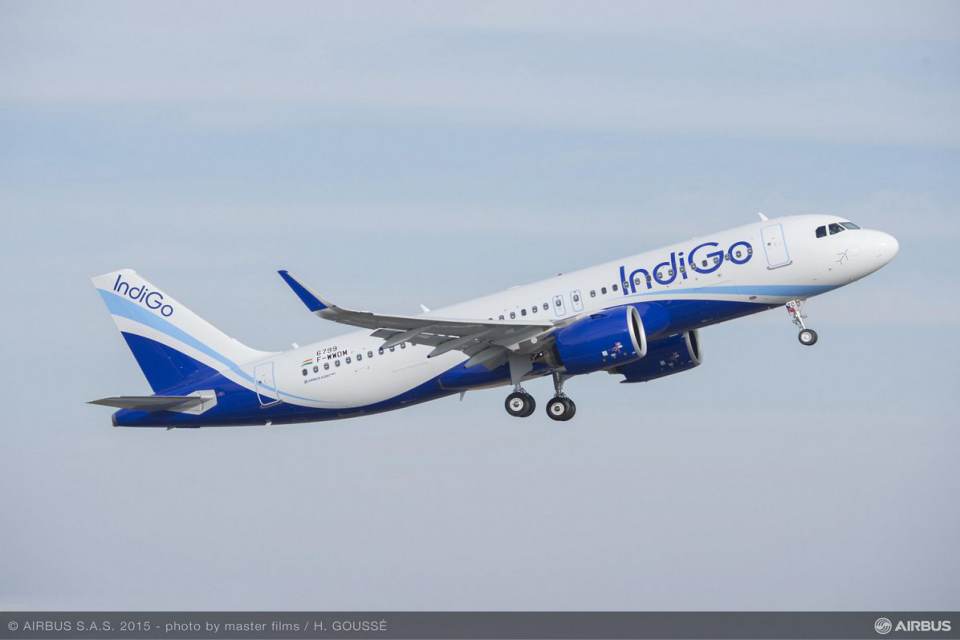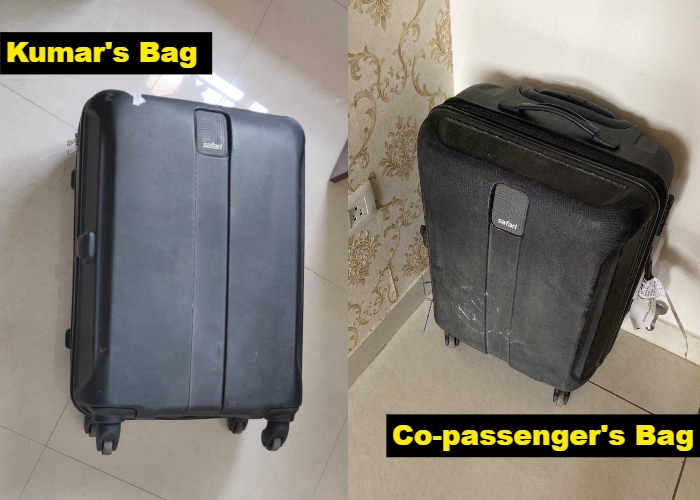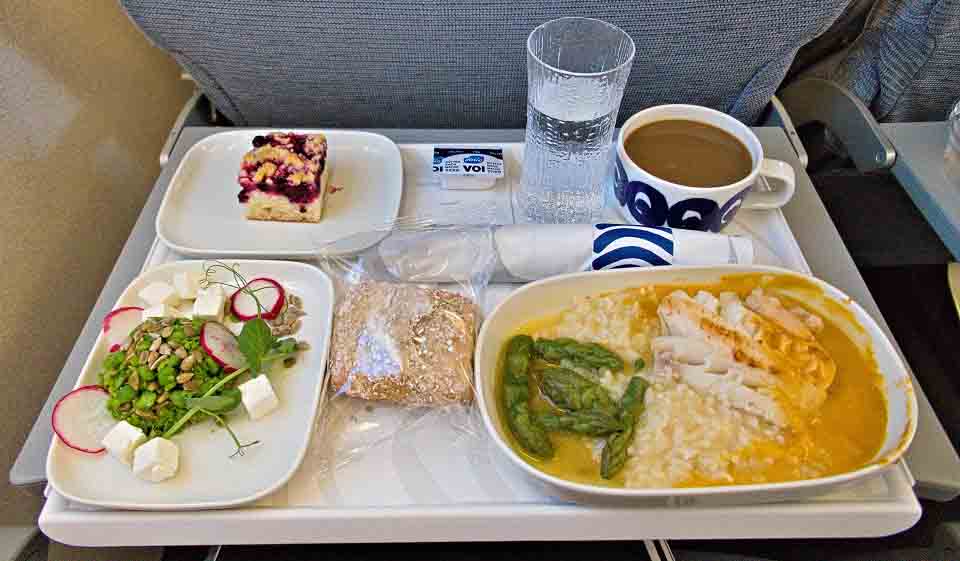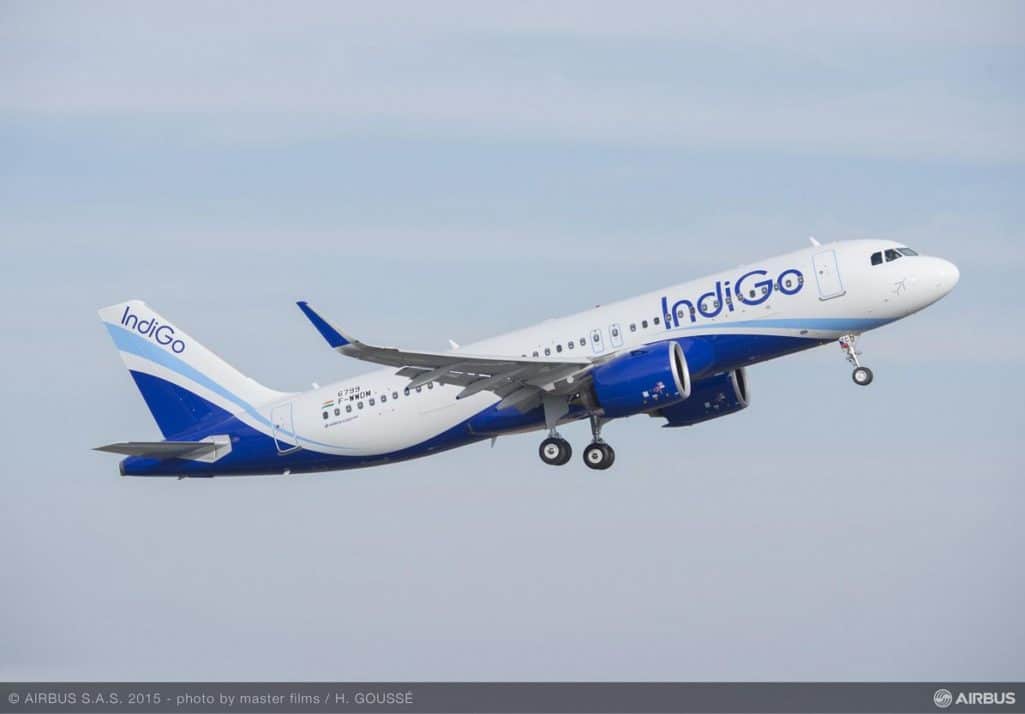Aviation
Bengaluru Techie Hacks into IndiGo Website to Get Back Lost Baggage

At airports, mismatched luggage is typical, but this Bengaluru man’s endeavour to locate his luggage is unusual. Nadan Kumar, a Bengaluru-based software developer, decided to utilise his abilities to track down his lost luggage by hacking into the airline’s website.
Nandan not only located his luggage, but he also described the situation and informed the airlines of the website issues.
Being unable to identify your luggage on an airport baggage belt or having your suitcase picked up by mistake is one of the most underrated worries.
To make matters worse, the airline is unlikely to assist you in retrieving your luggage. However, after experiencing a similar situation, a Bangalore resident channelled his inner hacker to solve the problem.
Hey @IndiGo6E,
Want to hear a story? And at the end of it I will tell you hole (technical vulnerability )in your system?
Soo I traveled from PAT – BLR from indigo 6E-185 yesterday. And my bag got exchanged with another passenger. Honest mistake from both our end. As the bags exactly same with some minor differences.
I realised it only after I reached home when my wife pointed out that the bag seems to be a different from ours as we don’t use key based locks in our bags. PS: We have too much faith in airline staff So right after reaching home I called your customer care.
After multiple calls and navigating through @IndiGo6E IVR and of course a lot of wait I was able to connect to one of your customer care agents and they tried to connect me with the co-passenger. But all in vain.
So long story short I couldn’t get any resolution on the issue. And neither your customer care team was not ready to provide me the contact details of the person citing privacy and data protection . @Ankurkrtweets take note of this, it gets interesting
After the call did not work, the agent assured me that they will call me back when they are able to reach the other person. (I am still waiting for that call )
So I slept the night without any resolution to the issue. Thinking I may get a call in morning. And after I did not get any calls from @IndiGo6E I decided to take the matter in my own hands.

Image : Nandan kumar bag and his Co-passengers bag
So, today morning I started digging into the indigo website trying the co passenger’s PNR which was written on the bag tag in hope to get the address or number by trying different methods like check-in, edit booking, update contact, But no luck whatsoever.
So now, after all the failed attempts, my dev instinct kicked in and I pressed the F12 button on my computer keyboard and opened the developer console on the @IndiGo6E website and started the whole checkin flow with network log record on.
And there in one of the network responses was the phone number and email I’d of my co-passenger. Ah this was my low-key hacker moment and the ray of hope. I made note of the details and decided to call the person and try to get the bags swapped.
And thankfully I was able to reach my co passenger with the phone number I got from the logs and luckily we lived in a close proximity of 6-7 KMs. So we decided to meet at a Center point and got our bags swapped. Dear@IndiGo6E , take note of my next tweet and try to improve.
Dear,@IndiGo6E take note
1. Fix your IVR and make it more user friendly
2. Make your customer service more proactive than reactive
3. Your website leaks sensitive data get it fixed.— Nandan kumar (@_sirius93_) March 28, 2022

Aviation
Can Airline Seat Cushions Be Used As Life Jackets?

In the event of an aircraft ditching into water, there’s a common question: Can aircraft seats serve as an alternative to life jackets for flotation? The answer lies in understanding their respective functions.
While seat cushions can provide some buoyancy in water, they are not intended nor certified to function as life jackets. Their primary purpose is to offer cushioning for passengers during flight. On the other hand, life jackets are meticulously engineered to keep individuals afloat in water, equipped with buoyancy materials, secure straps, and reflective elements for visibility. They offer numerous advantages over mere cushions.
While a seat cushion might offer temporary assistance in staying afloat, it’s not a dependable substitute for a proper life jacket during an emergency. It’s crucial to utilize approved safety equipment when near bodies of water. A life jacket, designed to keep a person buoyant for extended periods, offers the rigidity needed for prolonged flotation and allows for easy movement of the arms to navigate effectively.
What fabric is used in aircraft seats?
Seats are meticulously designed to fulfill multiple purposes, ensuring passenger comfort, safety, and protection from unforeseen circumstances like fires and accidents. A typical design incorporates an aluminum frame with blocks of polyurethane foam affixed to it. Additionally, a layer of fire-resistant fabric, such as Kevlar or Nomex, is often applied over this framework, topped with a layer of cloth or leather.
Leather seats, while luxurious, are more expensive compared to traditional cloth seats. The majority of fabrics used in seat upholstery contain at least 90% wool fiber, with the remainder typically consisting of polyamide (nylon). Wool stands out as the primary fiber chosen for commercial airline seating fabric due to its desirable properties and suitability for such applications.
What is the lightest economy seat?
In recent times, airlines have been downsizing seat dimensions to accommodate more passengers, resulting in reduced cushion length and leg space. This contrasts with earlier times when airlines offered more generously cushioned seats and ample amenities.
According to Recaro Seats Company, their SL3710 model represents the lightest economy class seat available, weighing in at a mere 8 kg (17.6 lb.), setting a new standard in aircraft seating.
For individuals weighing more than 350 pounds, fitting into a standard economy-class seat can be a challenge due to the narrower dimensions. Economy seats, also referred to as “coach,” “standard,” or “main cabin” seats, typically range from about 40 to 48 centimeters in width, further emphasizing the need for more accommodating seating options.
Aviation
Does airline food have more salt? Here is the answer.

Whenever you fly with an airline, you often notice that the taste of the food is different from what you’re accustomed to on the ground. While passengers sometimes prioritize the food experience, have you ever wondered why airline food tends to be saltier? Let’s delve into this in the video.
Airline food has 15% more salt
One of the main challenges for chefs crafting meals served on airplanes is ensuring they are flavorful for passengers. To achieve this, chefs typically add more salt and seasoning, roughly 15% more salt is used, given that our taste buds are less sensitive by about 30% when we’re airborne.
The Role of Sodium: Sodium is a key ingredient used to enhance flavor, especially in the air where our senses can be dulled. On average, airline meals contain over 800mg of sodium, exceeding 40% of the daily limit recommended by the World Health Organization.
Altitude Alters Perception
Flavors are perceived differently at higher altitudes due to the dry cabin air and low humidity levels, which can diminish our ability to taste and smell. To compensate, airline chefs amp up the salt and seasoning to elevate the food’s taste.
Airline’s food Preservation:
Airline meals are prepared in advance and stored, necessitating longer preservation times. Salt serves as a natural preservative, ensuring the food maintains its quality and safety during storage and transportation.
However, excessive salt intake can pose health risks such as high blood pressure and dehydration, particularly problematic during air travel. Therefore, it’s crucial for airlines to strike a balance between flavor enhancement and maintaining a healthy sodium level in their meals.
An Indian content creator and food analyst discovered that the Indian-based carrier, IndiGo Airlines, incorporates higher levels of salt into its meals compared to standard food practices. According to him, “Many of us are aware that Maggi is high in sodium! What most don’t realize is that IndiGo’s Magic Upma contains 50% more sodium than Maggi, IndiGo’s Poha boasts approximately 83% more sodium than Maggi, and even Daal Chawal matches Maggi’s sodium content.”
Airlines
Why Don’t Airplanes Fly Over the Pacific Ocean?

Flights do indeed fly over the Pacific Ocean, but the routes they take are often determined by factors such as airline policies, air traffic control decisions, and weather conditions. The Pacific Ocean is one of the largest bodies of water on Earth, and it’s regularly crossed by numerous flights traveling between North America, Asia, Australia, and other destinations.
However, some specific routes might avoid flying directly over certain parts of the Pacific Ocean for various reasons. For example:
- Safety and emergency considerations: While modern aircraft are equipped with advanced safety features, airlines, and pilots may prefer routes that keep them closer to potential diversion airports or within range of search and rescue facilities in case of emergencies.
- Air traffic control restrictions: Airspace management authorities may impose certain restrictions or preferred routes for managing air traffic efficiently. These restrictions could be based on factors such as military operations, airspace congestion, or diplomatic considerations.
- Weather conditions: Pilots and airlines consider weather patterns when planning routes. While the Pacific Ocean generally experiences fewer weather-related disruptions compared to other regions, factors like turbulence, thunderstorms, or tropical cyclones can influence route selection.
- Managing Cost Factors: In route planning, airlines have to take fuel prices, maintenance costs, crew charges, and other operating costs into account. Direct routes over the Pacific Ocean may be more cost-effective for shorter distances, but they may also necessitate extra safety precautions, including carrying more fuel for longer overwater operations.
- Remote Locations and Navigational Challenges: The Pacific Ocean’s vastness poses navigational issues, particularly for aircraft operating over isolated regions with few ground-based navigational aids. For precise positioning and route direction, pilots must mostly rely on satellite-based technology and onboard navigation systems, which may necessitate additional training and equipment purchases.
- Lack of Suitable Landing Options in the Pacific Ocean: Unlike regions with dense air traffic and numerous airports, the Pacific Ocean has vast stretches of open water with few suitable landing options in case of emergencies. While long-range aircraft are equipped with safety features like life rafts and emergency locator transmitters, the lack of nearby airports can increase the time it takes for rescue and recovery operations to reach distressed aircraft, posing additional risks to passengers and crew. Therefore, flight routes may be planned to ensure proximity to potential diversion airports or alternate landing sites in case of unforeseen circumstances.





















